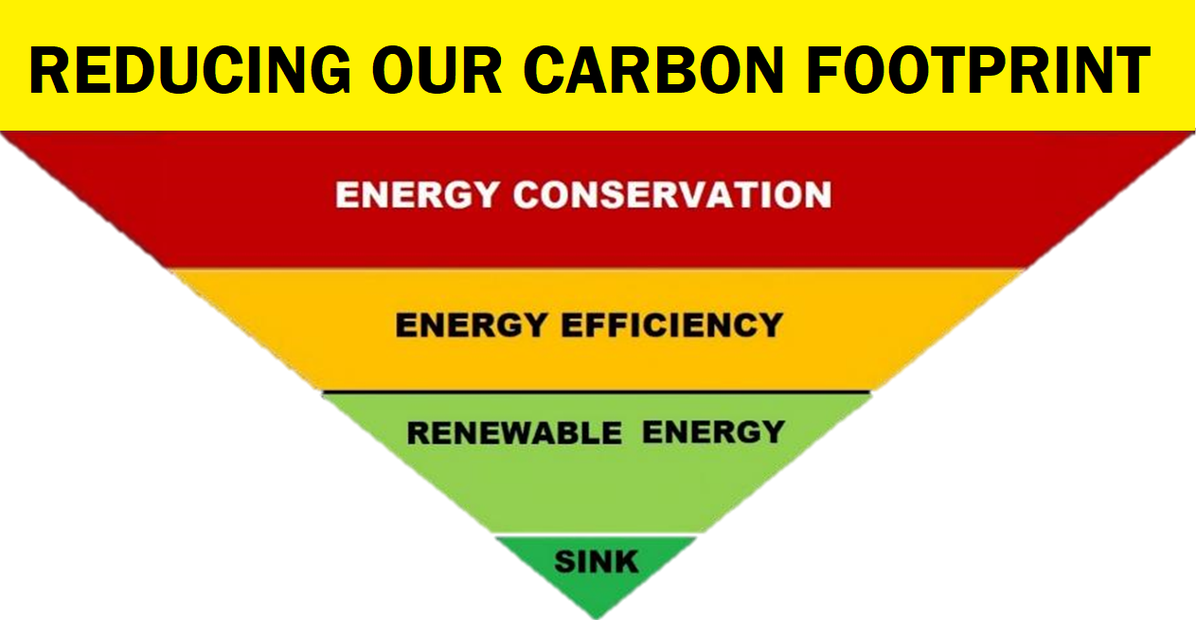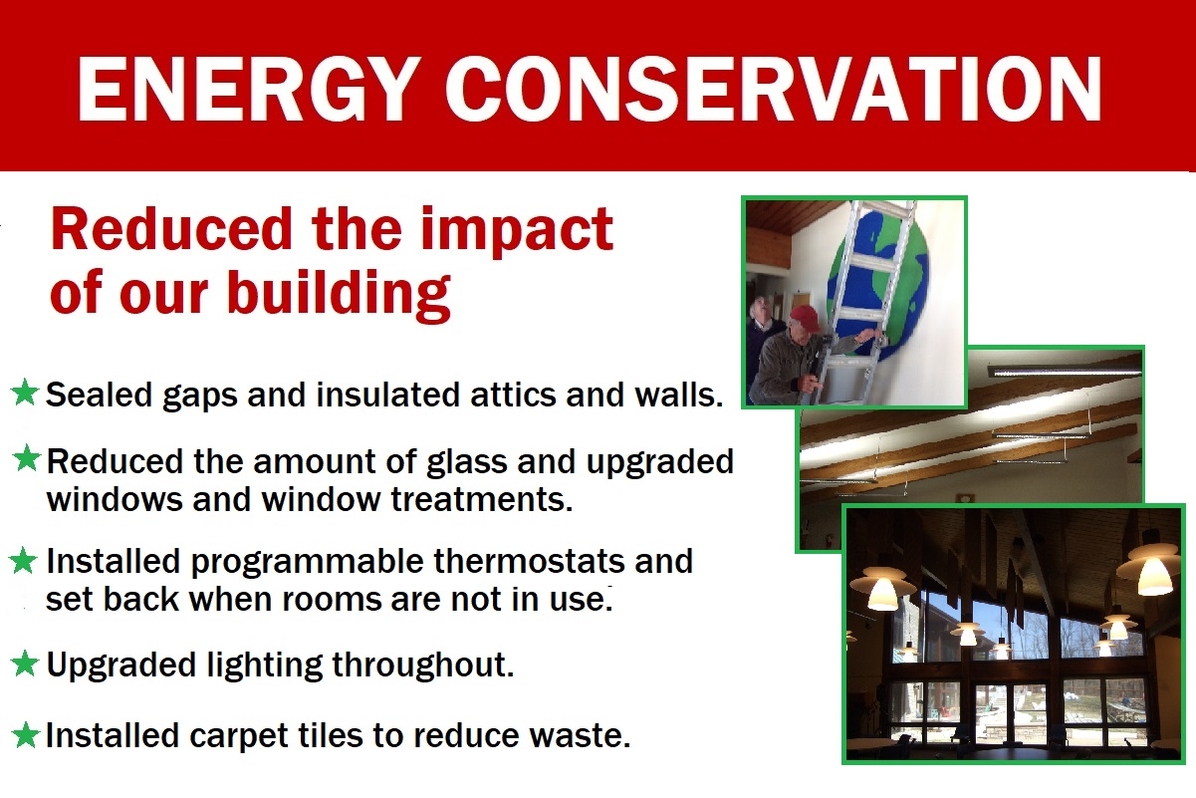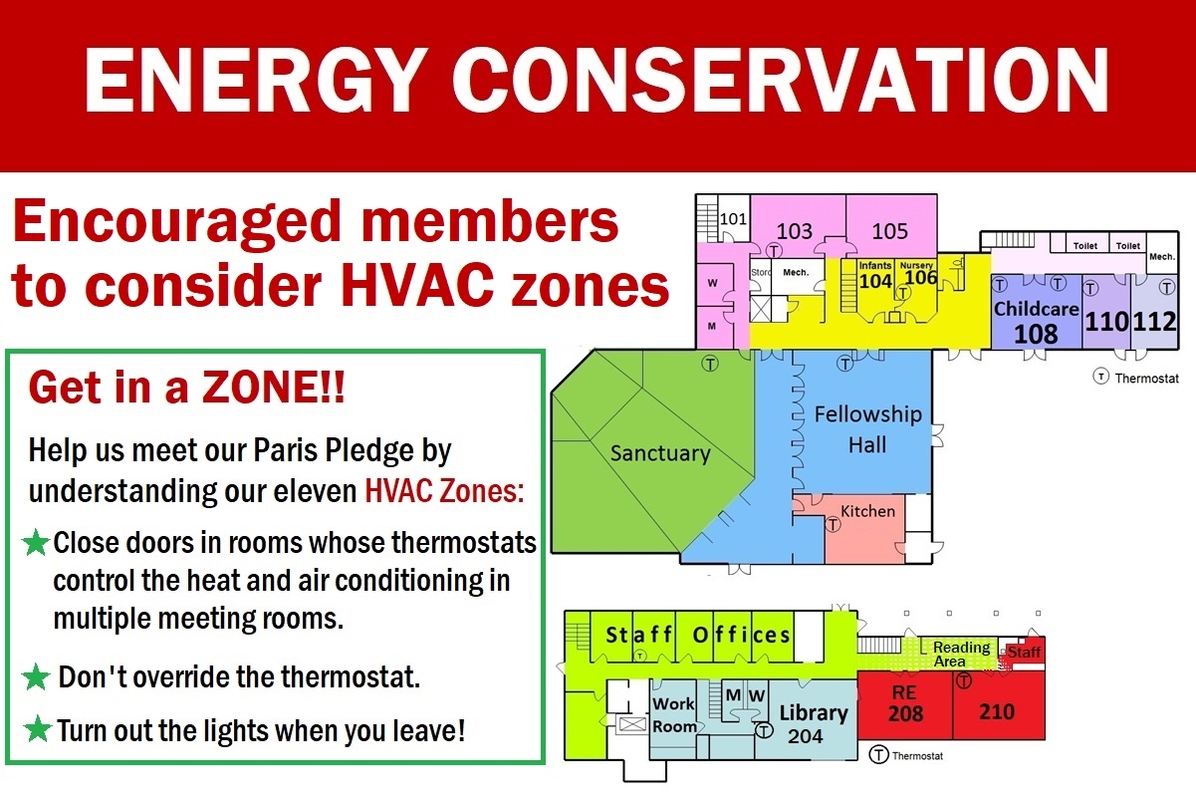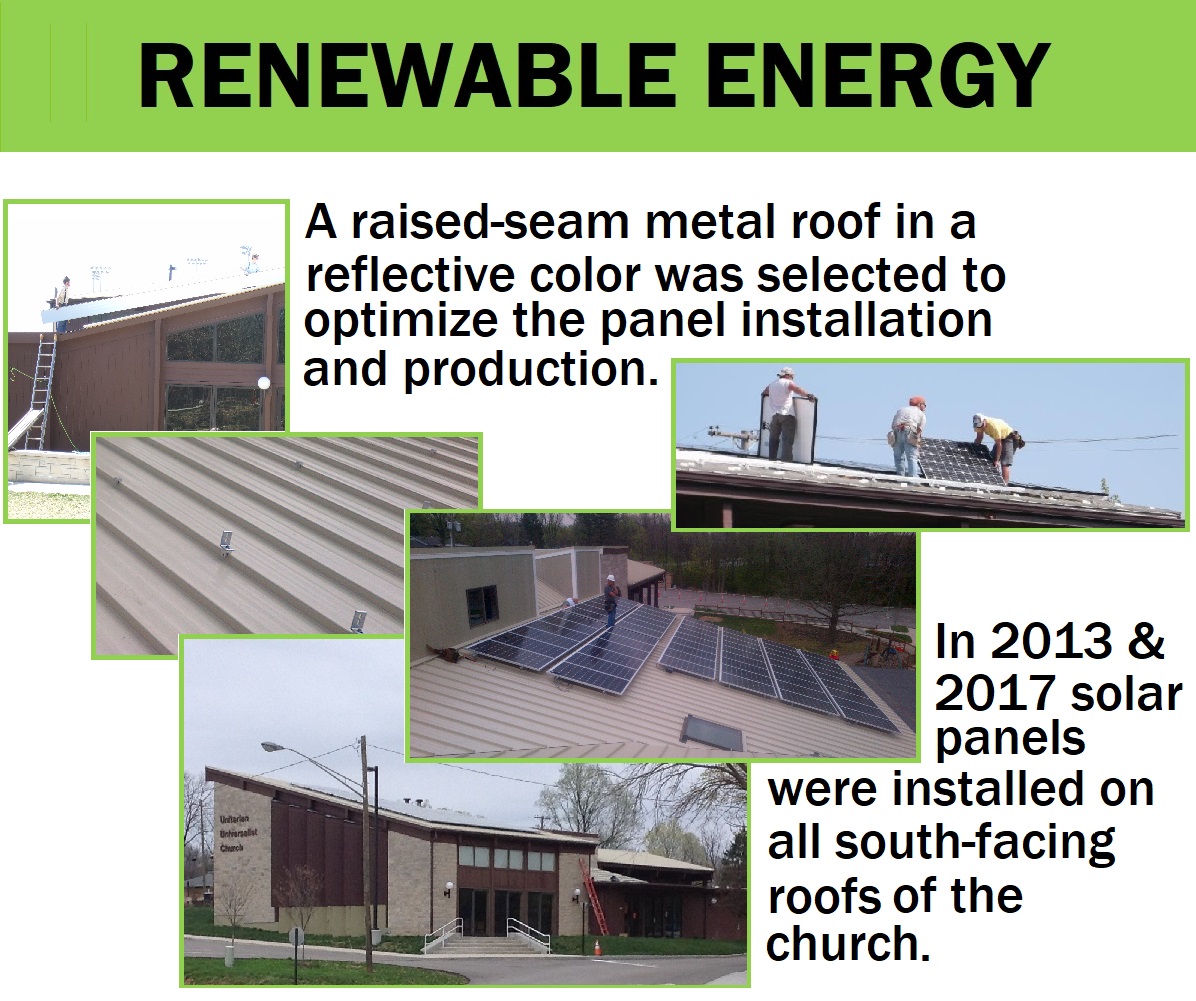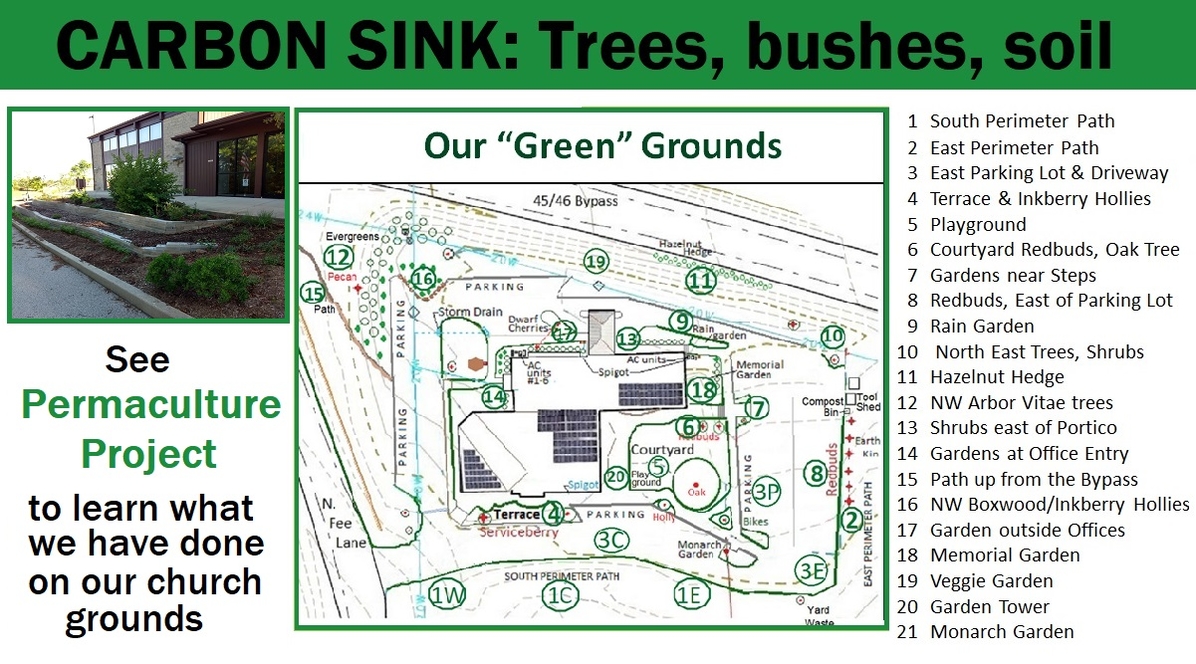ENERGY STAR®
Our building has been Energy Star® certified since 2015. In 2021 our score was 98, putting the church in the top two percent of buildings of worship nationally.
Members of the Unitarian Universalist Church of Bloomington believe that fighting to slow –and preparing to deal with– global warming is our greatest generational challenge, and that our congregation should lead by example. In 2005 members organized the Green Sanctuary Task Force on Global Climate Change (GSTF). See current and past GSTF projects on the Green Sanctuary page of the church website.
Our congregation is seen as a leader by area congregations, and Earth Care, an interfaith organization, was co-founded and has often been led by members of this church. We track our energy and water use through Energy Stewards, which then uploads data to EPA Energy Portfolio Manager. At the end of each calendar year, we apply for certification through the Portfolio Manager website. That website provides graphs to help visualize our energy use.
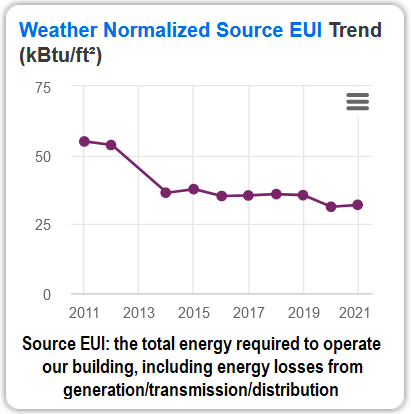
This graph “normalizes” our energy use based on the area’s weather and includes the “source” energy lost in generation and transmission of energy that we purchase.
REDUCING OUR IMPACT ON OUR EARTH
We focused on four areas to reduce our impact on our Earth:
- Energy Conservation:
- Improvements to our building.
- “Get in a Zone!”
- Energy Efficiency.
- Renewable Energy.
- Creating a Carbon Sink.
.
ENERGY CONSERVATION
In 2005 several Green Sanctuary Task Force (GSTF) members gathered data on our building’s energy use and sought to measure the CO2.
Our Building: What began as a two story 3000 sq. ft. building in 1970 has expanded multiple times to over 17,600 sq. ft., with eleven heating and cooling (HVAC) and water heaters.
Our Challenges:
- In 2012 we accepted a challenge to reduce the building’s energy consumption by 25% from a baseline of 2008.
- In 2017 we took the Interfaith Power and Light Paris Pledge to commit to reducing our carbon pollution by 50% by 2030 and to be carbon neutral by 2050.
Conservation Methods: Recommendations were made to reduce the impact of the HVAC, lighting, water heating and appliances.
- After energy audits the building envelope was better sealed and insulated, leaky windows were replaced, and lighting was upgraded.
- Programable thermostats were installed with temperatures set back (lower in winter, higher in summer) at night and other periods when spaces were unoccupied.
- Our HVAC zones were mapped, and signage created to remind staff and members which HVAC zone each thermostat controlled. Church staff encouraged groups to schedule weekday meetings in rooms already being conditioned (heated or cooled) that day.
- As carpet was stained or worn carpet tiles were installed.
ENERGY EFFICIENCY
Heating and Air Conditioning: Since July 2013, when our sanctuary air conditioner broke down, we have replaced older furnaces and air conditioners, as they reached the end of their service, with the most efficient models available, converting one area to individually controlled mini-split units to take advantage of renewable energy.
Lighting: We have converted all incandescent lights to LED or fluorescent lamps. Motion sensors were installed on restroom lights and fans.
RENEWABLE ENERGY
Our 40.2 Kw of solar panels, in arrays on our three south-facing roofs, cover or offset over 90% of our electricity usage. For a graph of our monthly solar panel production versus electricity purchased from the grid and photos of our solar panel installations go to RENEWABLE ENERGY.
CARBON SINK
To learn how our grounds projects have helped reduce our carbon footprint by improving the soil and adding trees, bushes and native plants go to PERMACULTURE PROJECT.


